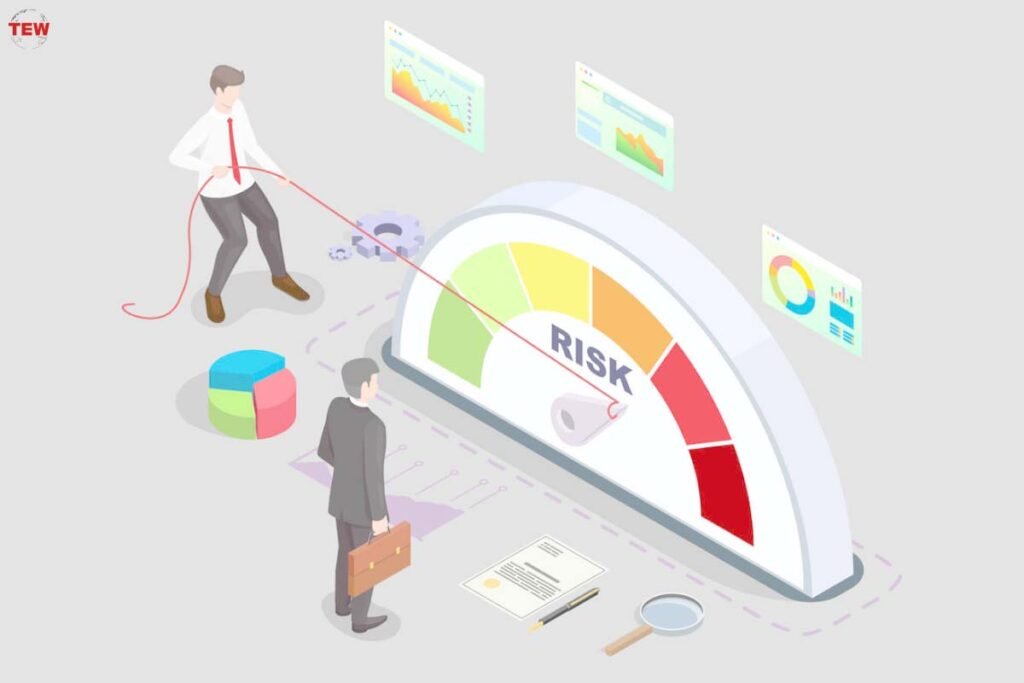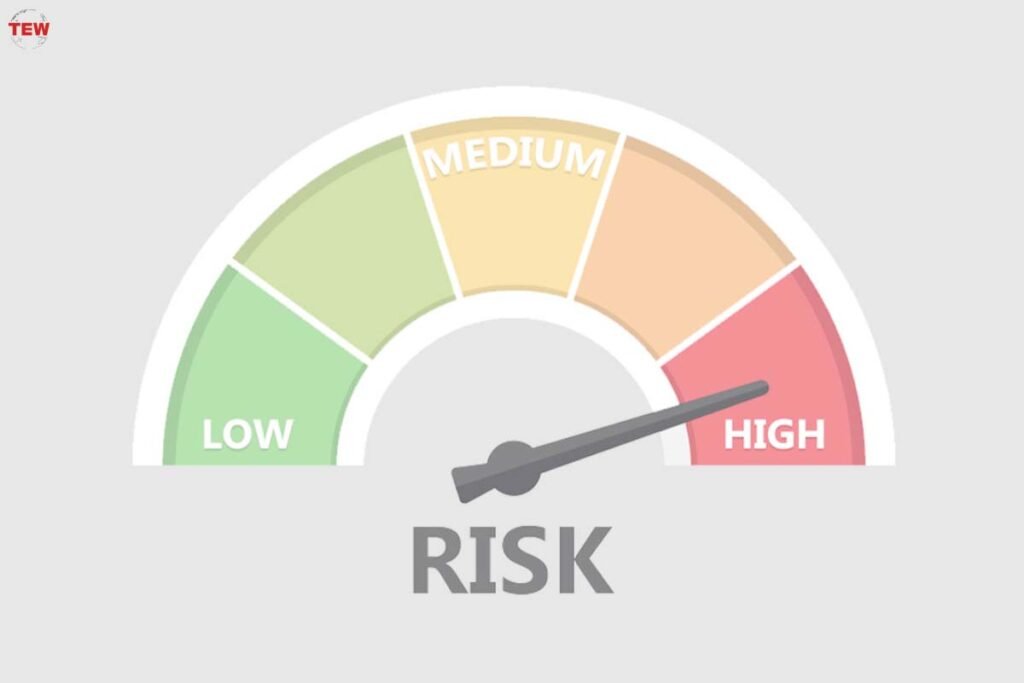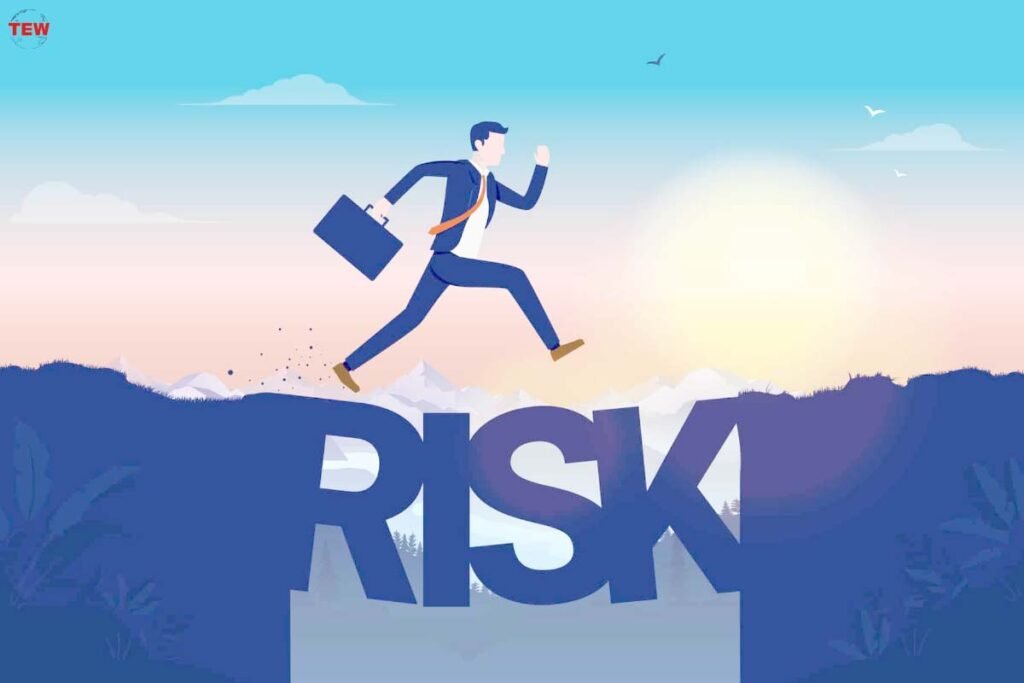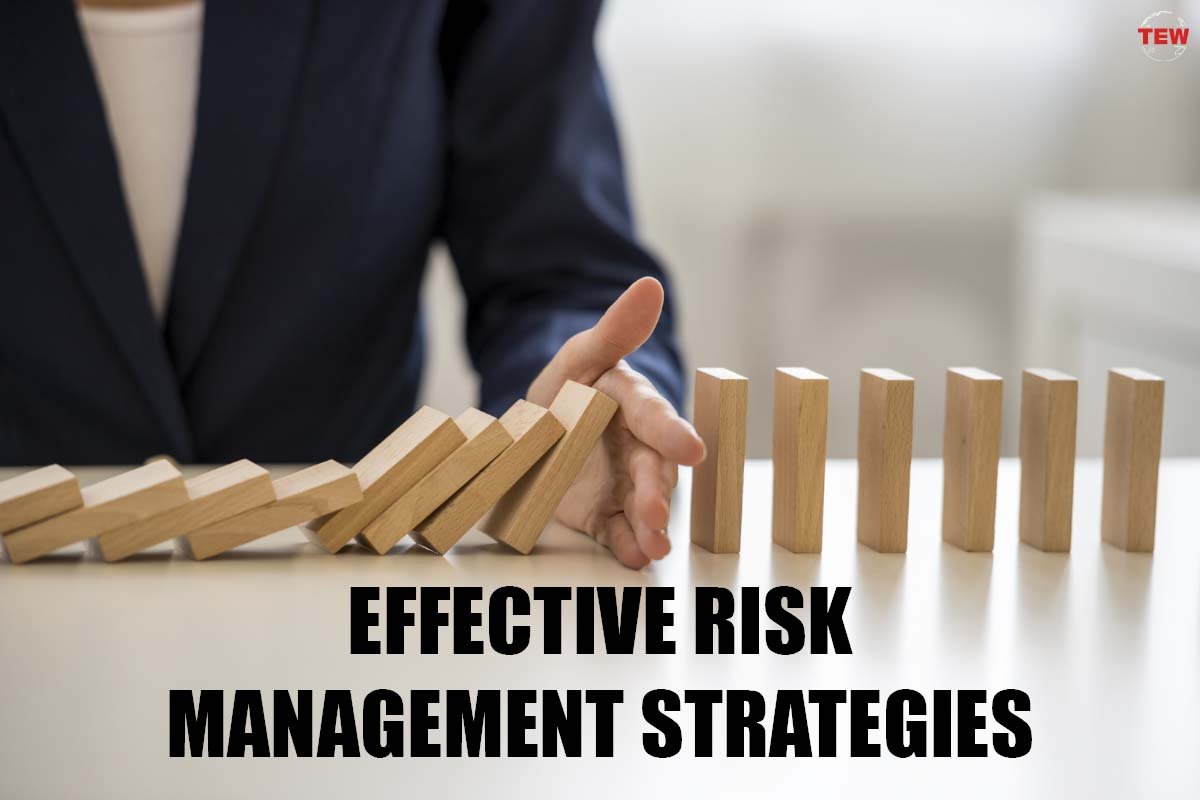What exactly is risk management in the financial sector?
The process of minimizing, monitoring, and controlling the impact of risk realities or enhancing the opportunity potential through the application of coordinated and cost-effective resources is referred to as risk management. Risk management begins with the identification, assessment, and prioritization of potential risks or uncertainties.
Risk management is an important component of every successful organization. It sets out a roadmap for returns on investments and anticipates all of the possible blowback that a corporation may experience by undertaking a new (or even ordinary) activity.
There are five stages to follow in order to first analyze the risk and the best solution before selecting which method of risk management would be the most successful for your specific circumstance.
Here are the effective risk Management strategies;
1. Locate the potential risk.

Any possible occurrences, whether they lead to issues or opportunities, might be considered risks. The sources of internal difficulties and benefits, as well as those of rivals, are the first places to go when attempting to identify risks. Because there are two types of risks, internal and external, the program may be used to determine the full scope of the risk scenarios.
2. Consider the risks.
As soon as you have identified risks, you will be able to do an in-depth analysis of the possible consequences that each will have on the behavior of consumers, your firm, and other ongoing activities.
3. Determine the level of risk.

You are now able to provide a rating quality that corresponds to the probability of each risk’s outcomes. This will assist construct a picture of how seriously a risk affects a project or new product that is currently under development. You are also able to evaluate the degree of the possible impact that each risk may have on the success or failure of a new technique. The magnitude may be calculated by adding the risk’s probability and its consequences together.
4. Manage the risk.
Now that you have an understanding of all of the potential hazards and how severe they are, you can start addressing the most serious threats first. You will first want to investigate the methods in which you may lessen the likelihood of something terrible happening to you, and then you will want to investigate the means by which you can raise the possibility of something favorable happening to you. At this point in the risk assessment process, you should be preparing preventive and contingency measures to ensure that there are no surprises as you go ahead with action plans.
5. Be aware of the risk.
You should now be aware of the risks you face, the possibility that they will materialize, what will take place if they do materialize, and how to go about mitigating any calamity that may ensue. What should we do next? Keep an eye on the risks by keeping track of the associated variables and the potential risks provided by chain reactions. As your monitoring system discovers changes, approach the growing issue with composure in order to prevent extensive ripple effects and the activation of a significant risk.

This takes us to the next significant wave of risk management, which consists of addressing the risk. There are several approaches to managing risk, and the most appropriate one must be chosen depending not only on the nature of the risks to be managed but also on the magnitude of the consequences or opportunities such risks provide. Let’s have a look at some of the different methods.
Read Related topic :How To Create An Enterprise Risk Management Policy?




